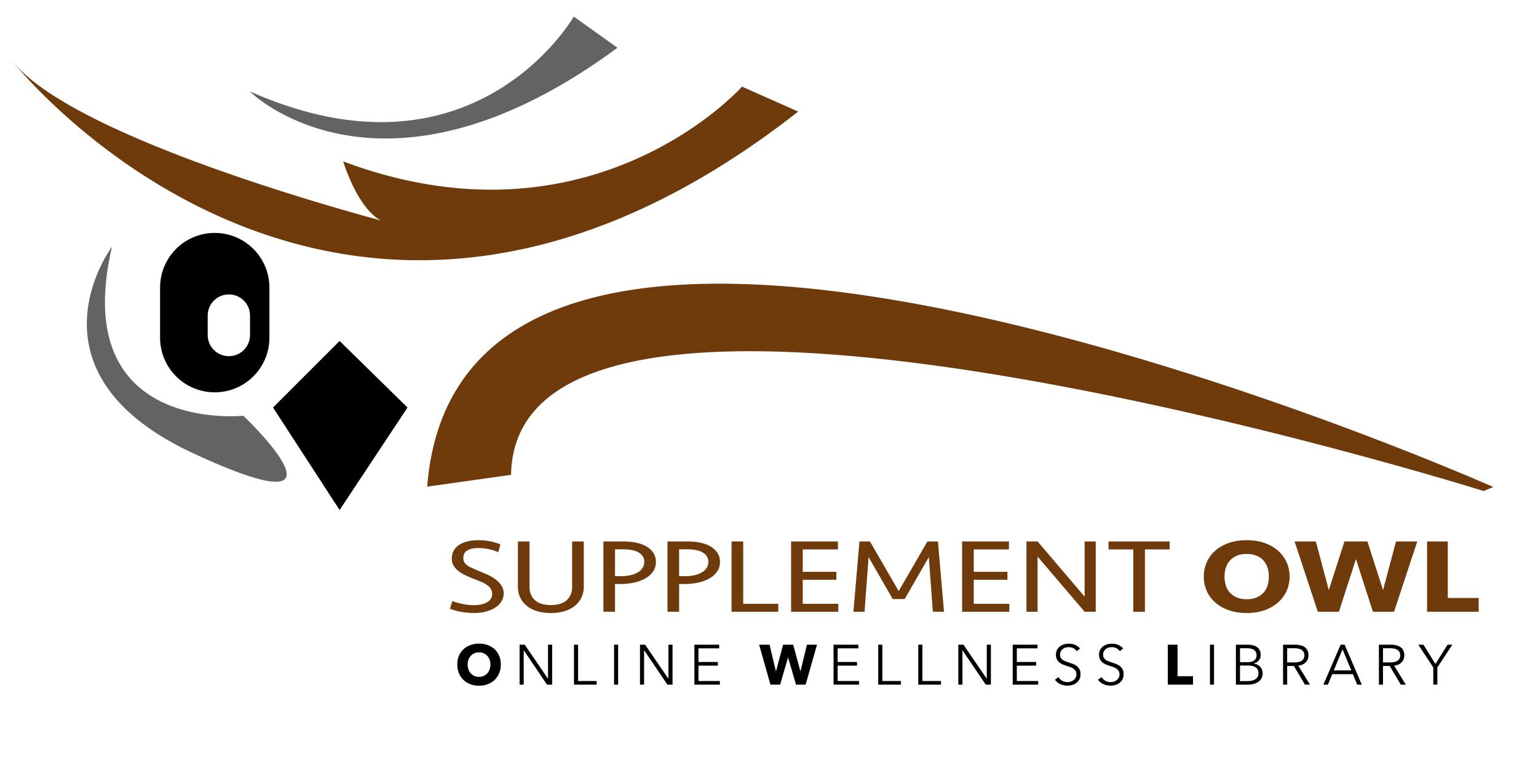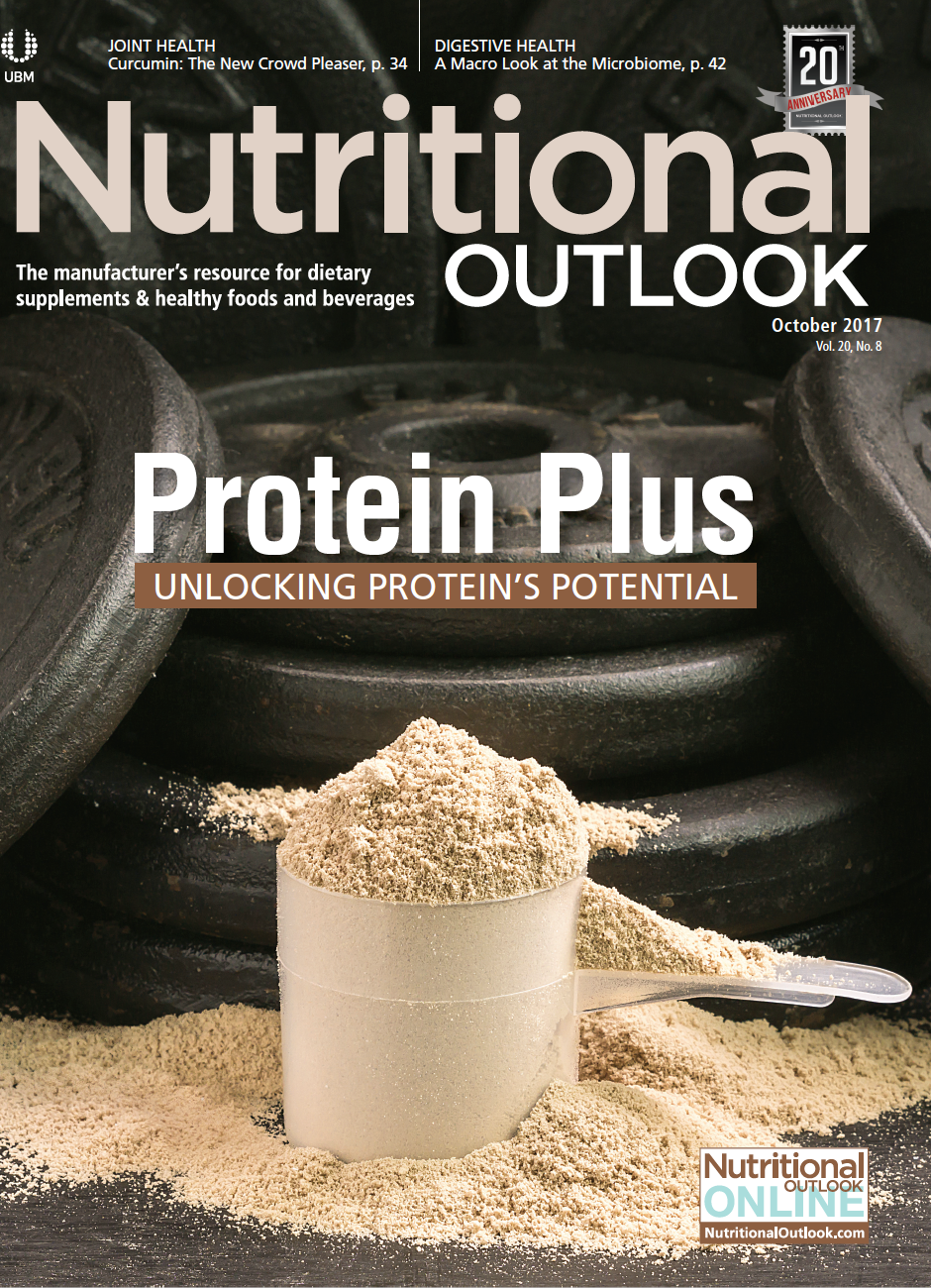A Year Later: The Supplement OWL in Action
I spoke to CRN’s president and CEO, Steve Mister, about the registry’s progress over the past year.
Photo from CRN

It’s been a year since the Council for Responsible Nutrition (CRN; Washington, DC) gave industry insiders a first glimpse of the Supplement OWL (Online Wellness Library) self-regulatory registry for finished dietary supplements.
That initial sneak peek during the association’s 2016 annual conference last October preceded the registry’s formal online debut in April 2017. Since the registry went live in April, CRN has devoted significant time, resources, and effort to encouraging supplement manufacturers to add their supplements’ label information to the registry, which itself is designed to provide a more-complete picture for regulators, retailers, and industry of the vast array of finished-product supplements currently in the market. I spoke to CRN’s president and CEO, Steve Mister, about the registry’s progress over the past year.
“It’s hard to believe that it was only a year ago that this was still pretty much a concept. We were doing screenshots of what we thought it would look like, and I think we were just starting the beta-testing at that point,” Mister says. “So, we’ve come a long way, I think. We’ve got a long way to go, and we really need to up the numbers [of participating companies], but we’ve come a long way in one year.”
As of the beginning of this September, there were 68 brands participating in the Supplement OWL and 4,728 product labels already on public view in the registry, with an additional 2,894 in “hidden” view-“hidden,” meaning that those entries were still in private-view mode as companies review them for accuracy before making them live. Combined, there were 7,622 product labels, public and hidden, in the registry as of September.
Mister describes the companies currently participating in the registry as a blend of big and small supplement brands. “It really is a mix,” he says. “Of those 68, 44 of them are CRN members, so that means the other 24 are non-members. Some of those are big companies, like GNC, and some of them are much smaller.” In addition to the companies participating in Tier 1 of the registry free of charge, Mister confirms that there are also companies already paying to participate in Tier 2, which allows companies to upload additional documents such as certification documentation, etc., and control who sees the information.
Now that the association and the industry have seen the Supplement OWL in action, Mister says CRN has identified some near-term goals and key areas for improvement.
First and foremost is to get more companies to participate in the registry, a promotional effort that CRN has pursued for much of this year. “I think we’re off to a really good start,” Mister says. But, he adds, “We think this needs to grow much bigger. Nobody really knows how many labels are in the industry, but we think it’s at least 40,000 and could be more. So, we’ve still got a ways to go.”
Other goals involve making the registry even easier to use. “We’ve had some companies that have had very smooth processes” uploading labels to the registry, Mister says. “And, quite honestly, we’ve had some companies that have had some hiccups along the way. We’re working with our partner, UL [Underwriters Laboratories], to iron those out, and we think we’re doing a pretty good job as we identify those kinds of issues.”
One of the goals CRN has for improving the user experience is to enhance the registry’s self-service functionality. In the beginning, at least, companies currently must work pretty closely with UL on learning to use the system and uploading labels; however, Mister says, once companies are familiar with the system, they should be able to navigate it more independently. In addition, CRN believes there are opportunities for select third-party vendors to help companies, for a fee, upload their label information to the database so that companies do not have to “commit internal resources to do it themselves,” Mister says. He adds that the association has already identified a few vendor candidates for the job.
The association is also planning to convene an advisory panel for the registry. This panel would identify ways to improve the registry, including better defining the scope of Tier 2 and standardizing what kinds of documents and information should be posted, as well as identifying what types of company information retailers would find most useful.
Finally, Mister says, one of CRN’s biggest goals is to encourage retailers to make participation in the supplement OWL a prerequisite for supplement companies who wish to do business with them.
“Because we really do think that, as retailers use it and start to ask their suppliers, ‘Gee, why aren’t you in this registry?’ that this will create a lot of momentum for the Supplement OWL that will make companies want to get in,” Mister says. “We’re working really hard to make sure that retailers are aware of the potential of this so that they will be our surrogates in asking, ‘Why aren’t you in this?’”
Jennifer Grebow
Editor-in-Chief
Also read:
More Than 50 Companies Already in CRN’s Supplement OWL Database
Nutritional Outlook's 2016 Best of the Industry, Industry Leader: Council for Responsible Nutrition


























